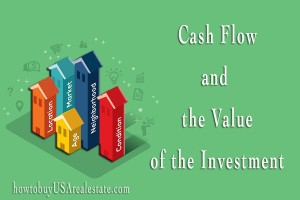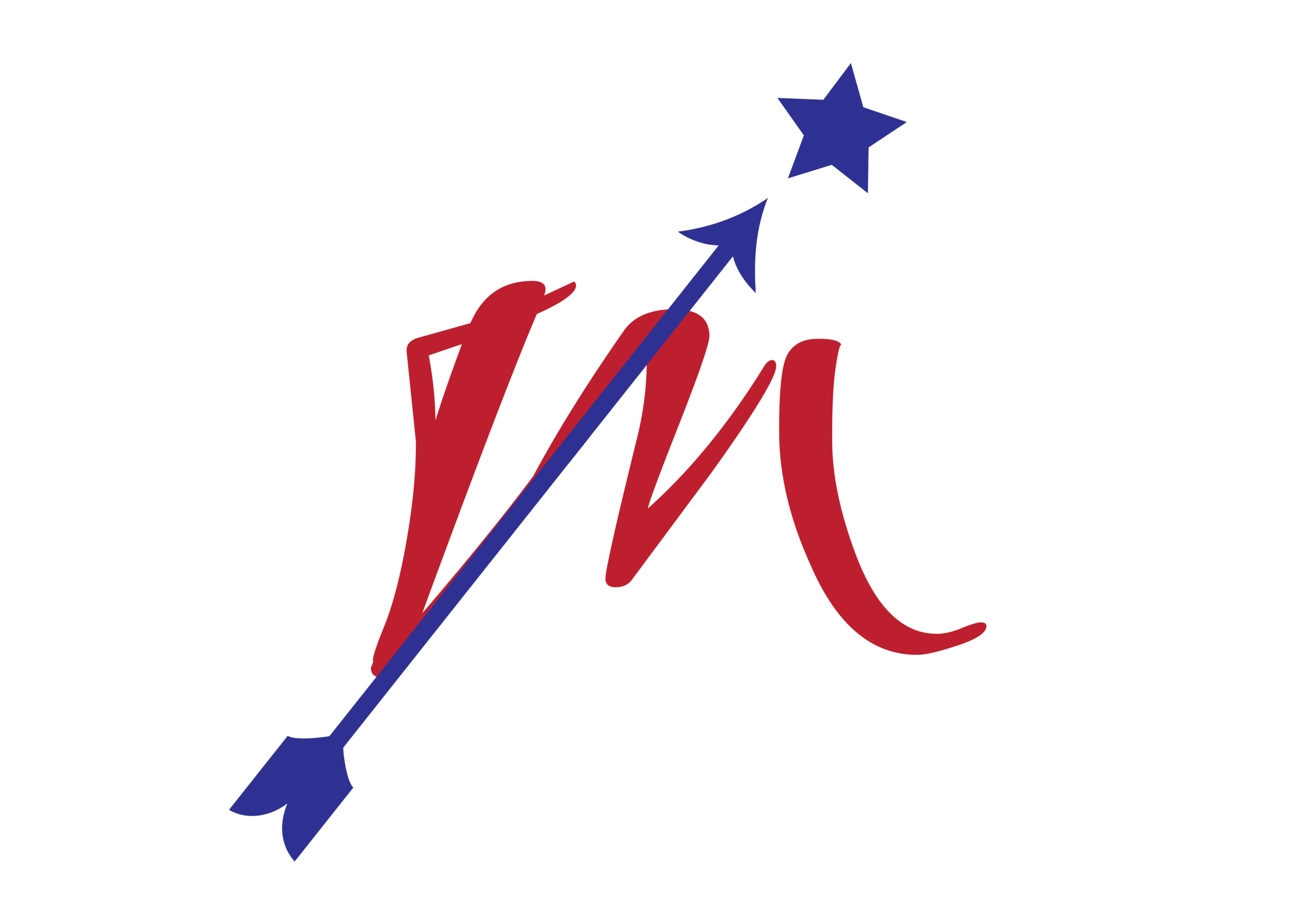Cash Flow and the Value of the Investment
Cash flow is not found in the price of the property, it is found in the value of the investment. “How much is it”, “I am looking for cheaper property” and  sentiments of that nature is something I hear every day and that tells me instantly if I am talking with a new investor or a seasoned investor.
When getting into the details of their objectives, the underlying objective that the investor is looking for is strong cash flow. The interesting truth that all these investors find out over time is that cheap properties are anything but good cash flow properties.
sentiments of that nature is something I hear every day and that tells me instantly if I am talking with a new investor or a seasoned investor.
When getting into the details of their objectives, the underlying objective that the investor is looking for is strong cash flow. The interesting truth that all these investors find out over time is that cheap properties are anything but good cash flow properties.
Why is a property cheap and what hurts the cash flow
Here are some common problems we find when we are looking at "cheap" investment properties.
Small property, perhaps only 1 or 2 bedrooms:
These properties tend to have lots and lots of turnover and the exit strategy is to sell to another investor as no homebuyer wants small houses with 1 or 2 bedrooms. This next investor wants good returns so they also want it cheap. So there is very little appreciation going on here. The cash flow gets consumed by constant turnover.
Old property in older part of town:
Old buildings tend to require more ongoing maintenance and perhaps have deferred maintenance. Unexpected repairs dip into cash flow and often totally negate the cash flow.
Undesirable areas:
Good tenants that a landlord wants to have also want to have good property in safe areas. If a tenant does not feel comfortable or safe they tend to move. These properties often create lots of turnover which negates the good cash flow.
Old tired out buildings:
This one is a common problem that gets a lot of investors into financial difficulties. They buy a property cheap that (on paper) generates a nice cash flow. Here again a long list of repairs and updates needed continue to exhaust the positive cash flow.
You can see a very distinct challenge with cheap property. Simply put the cash flow is not sustainable. I often see that an increased contribution to the initial investment will, almost always increase the cash flow and the potential for appreciation. An investment that has great value will win out over a cheap price every time.
How to know if a property has value
There are some very easy ways to tell if a property has "value".
Rent to purchase price ratio:
Commonly called the "1% rule". This is the comparison of monthly rent as it relates to the price of the house. Not science but a quick assessment of value is does the property rent for 1% of the purchase price? Example: a property selling for $100,000 should rent for 1% of that each month or $1,000 monthly rent. If it rents for more you have better ratios and, of course, less equals less ratio. Cheap properties (of course) fulfill this rule easily, so you want to go on to insure it has the rest of this list satisfied.
Low holding costs and controllable expenses:
This is a big one that not enough investors give enough attention to. For example, taxes and insurance. Some parts of the country like the Texas markets and the California markets have very high property taxes. Other markets have very high insurance rates. These all drastically cut into your cash flow and they are expenses that you have no control over. So instead of looking for low cost of the property, it is important to look for low cost for expenses that you have no control over.
Common interest community fees:
Another expense in certain properties and property types are HOA fees (Homeowner’s Association fees) or Condo fees. These fees are pretty much outside of your control and as they rise, your cash flows are affected.
Landlord paid utilities:
Typically when investing in single family homes all these fees are paid for by the tenants. When you invest in multifamily properties (2 units and up), it is wise to buy property that has separate utility meters (or have them separated and installed for each unit). When you, as a landlord, pay these common expenses such as water, electric and gas bills, the tenants consumption of these services increase drastically reducing your cash flow. How do I know this? Personal experiences. I remember many times getting water bills for $300 and $400 per month higher than usual just to discover that someone left outside water faucet run 24/7 until the lawn mowing service discovered it and turned it off. Tenants who do not pay their own electric bills also tend to leave more lights on and TVs burning in every room as well.
Tenant friendly areas:
Good tenants are no different than good homeowners, they want the same thing. A nice home in a safe and desirable neighborhood.
Buying property in areas that represent nice owner occupied areas will appeal to the good tenants and these good tenants tend to consider these properties their homes. They build relationships with their neighbors and they take care of their properties.
Most importantly for the cash flowing landlord, they tend to stay longer reducing your tenant turnover expenses. I could list example after example but I believe you see the picture.
Seasoned investors are all looking for properties that will give them the most sustainable cash flow over time and of course an executable exit strategy that will assure them the best overall investment returns.
Buying property in areas that will be able to be sold to the retail buyer when they sell and that will rent to a happy tenant today that may desire to stay in the unit for a long term rental is always the best way to go!
We have identified a number of different markets that have cash flow, Turnkey Real Estate Investment properties available in limited quantities. If you are interested in finding out more, please join our Equity Builders Buyers Group today!
